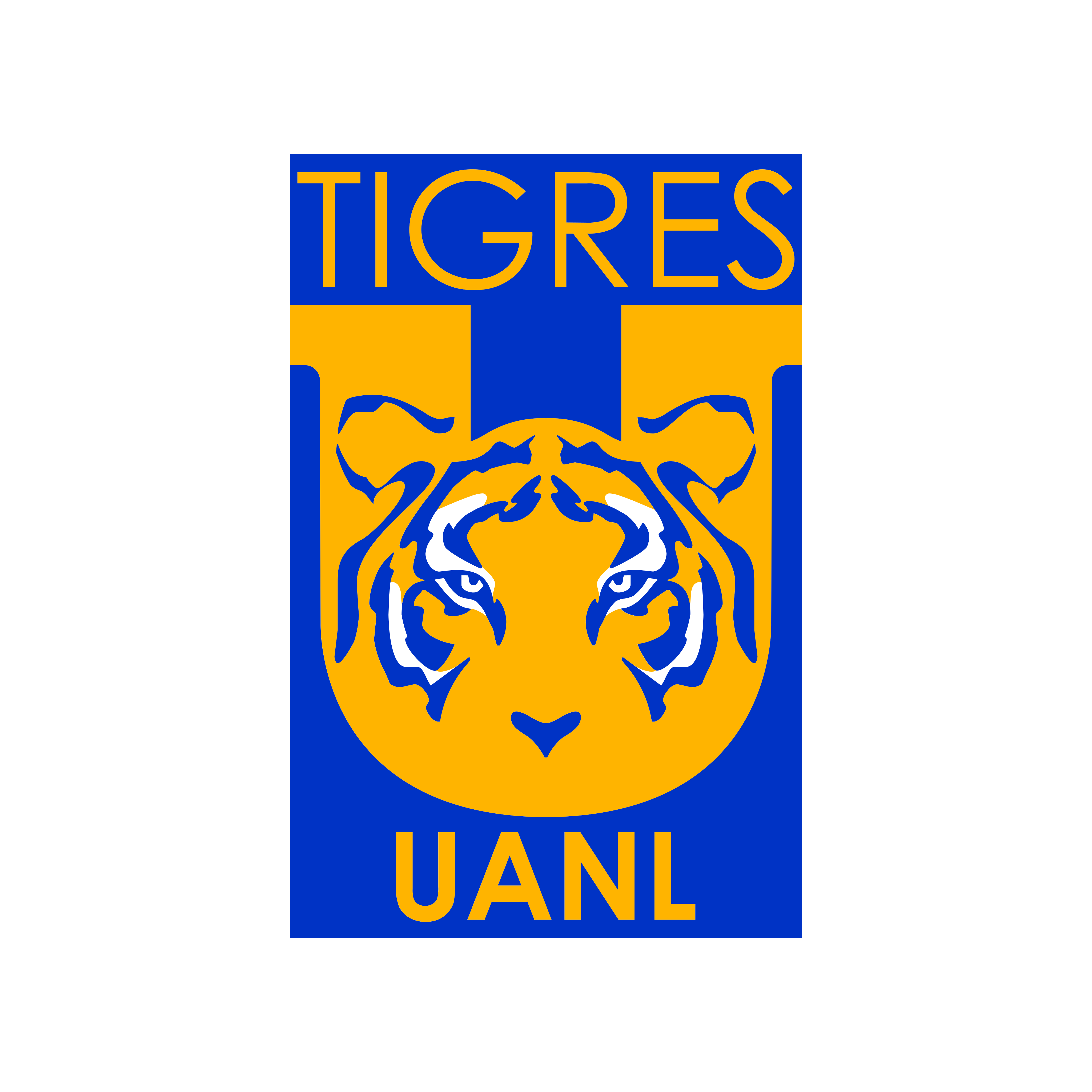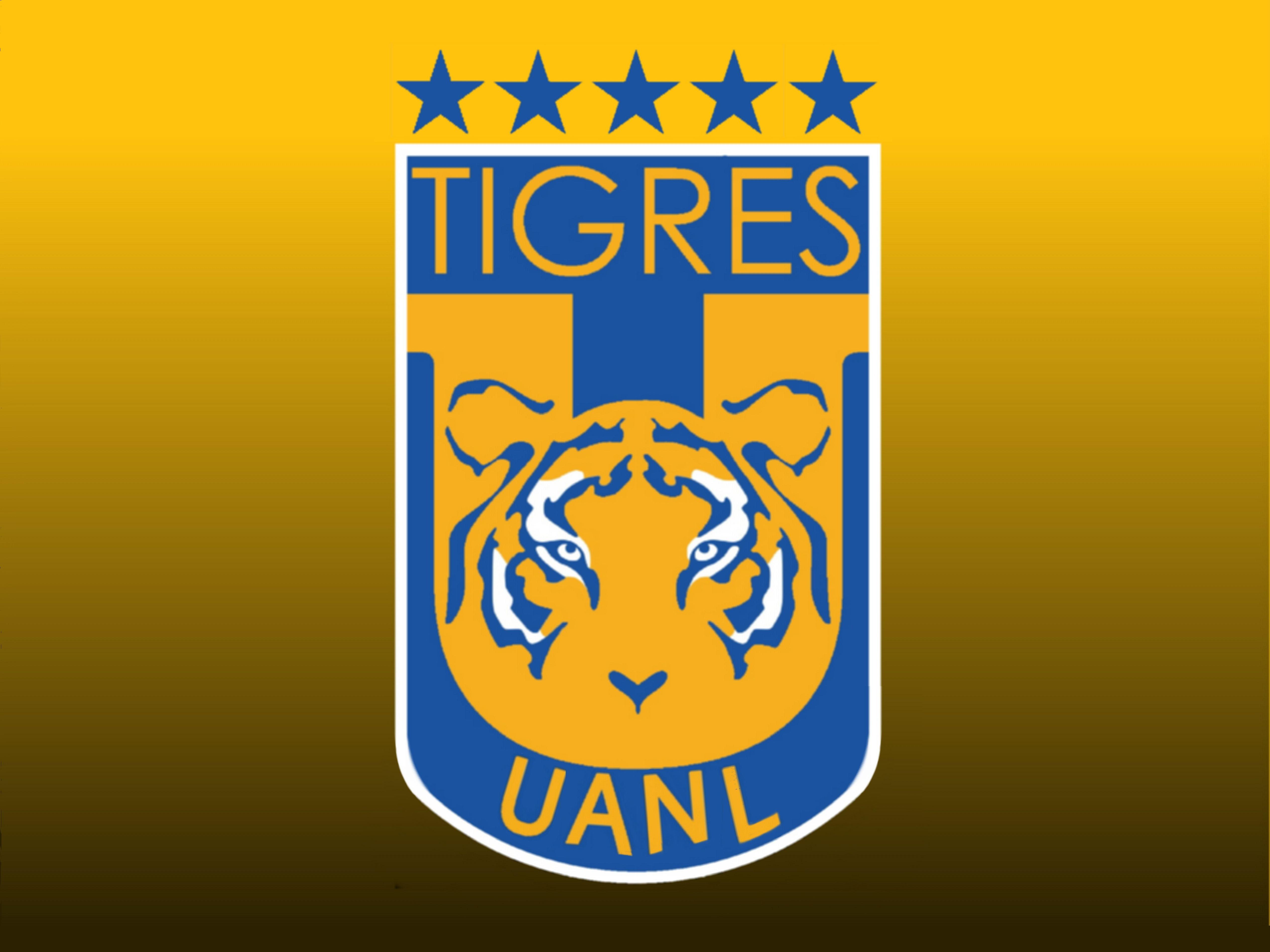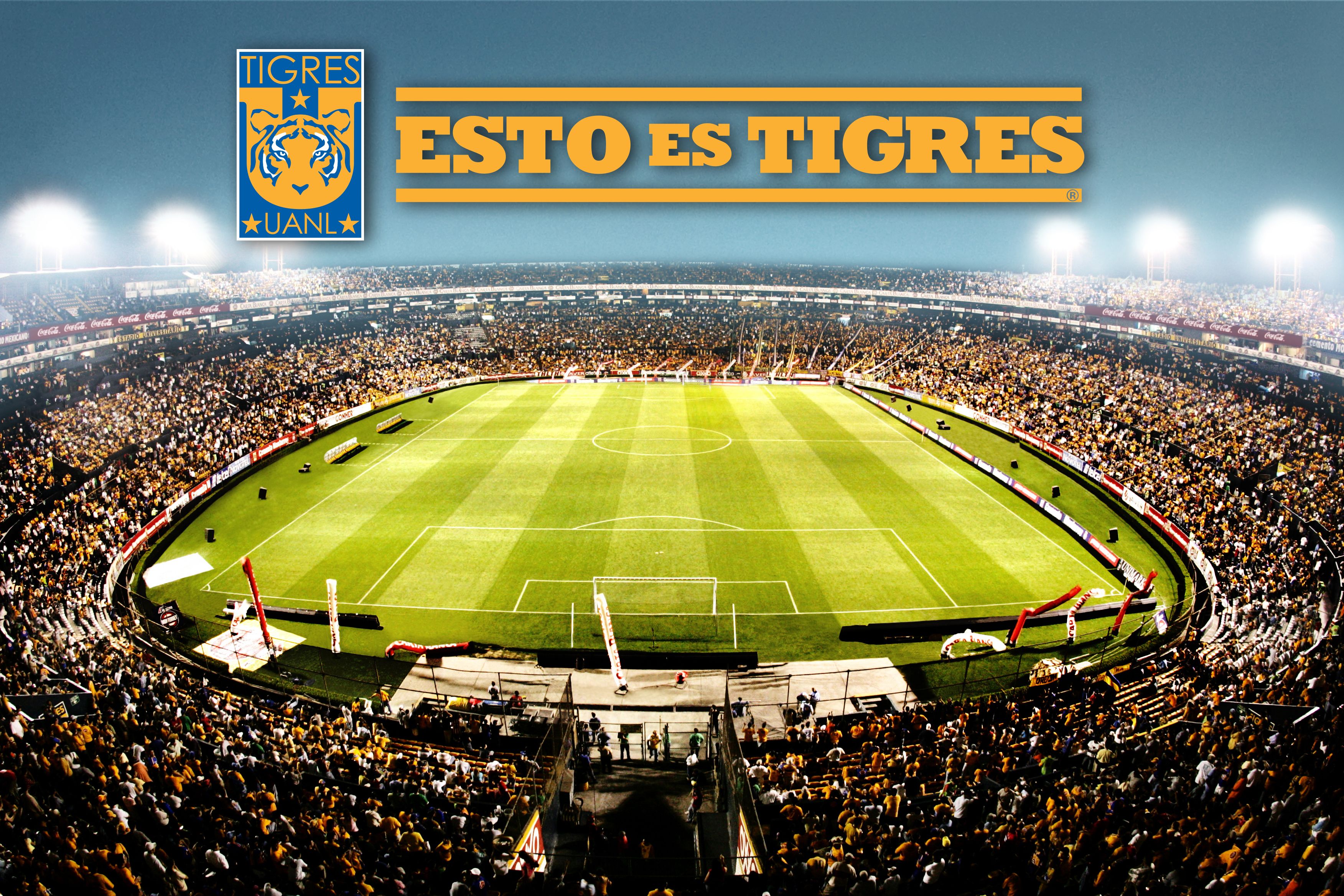Tigres UANL History and Legacy

The Tigres UANL, or simply Tigres, is a Mexican professional football club based in San Nicolás de los Garza, Nuevo León. Founded in 1960, the club has become a powerhouse in Mexican football, amassing a rich history and a loyal fan base known as “La Adicción” (The Addiction). Their journey from humble beginnings to becoming one of the most decorated teams in Mexican football is a testament to their resilience, passion, and unwavering commitment to success.
Early Years and Foundation
Tigres UANL was founded on March 7, 1960, by a group of enthusiasts led by Don Federico “El Fico” Bañuelos, who sought to establish a professional football team in the state of Nuevo León. The club’s name, “Tigres,” was inspired by the ferocity and strength of the animal, reflecting the aspiration to become a force to be reckoned with in Mexican football. The early years were marked by struggles and challenges, as the club fought to establish itself in the competitive Mexican football landscape. Despite the initial difficulties, Tigres gradually gained a following and began to make their mark on the league.
Rise to Prominence and First Championships
The 1970s marked a turning point for Tigres, as the club began to achieve significant success. Led by legendary coach José Treviño, Tigres won their first ever Mexican league championship in 1978, defeating UNAM Pumas in the final. This triumph marked the beginning of a new era for the club, as they established themselves as a serious contender for major titles. The following decade saw Tigres continue to challenge for championships, earning a second league title in 1982, further solidifying their status as one of the top teams in Mexico.
The “Golden Era” and International Success
The 1990s and 2000s witnessed Tigres entering their “Golden Era.” The club experienced a remarkable period of dominance and success, winning multiple league titles and establishing themselves as a force to be reckoned with on the international stage. Under the guidance of renowned coaches such as Ricardo “Tuca” Ferretti, Tigres developed a unique playing style characterized by strong defense, efficient attack, and a unwavering fighting spirit. This approach yielded impressive results, leading to consecutive league championships in 2011 and 2015, and a historic victory in the 2015 CONCACAF Champions League. This triumph earned Tigres a place in the FIFA Club World Cup, where they finished in third place, a remarkable achievement for a Mexican club.
The “Tuca” Ferretti Era and Continued Success
Ricardo “Tuca” Ferretti, one of the most successful coaches in Mexican football history, left an indelible mark on Tigres. He led the team to a record-breaking six league titles, cementing his legacy as a true legend of the club. Ferretti’s coaching philosophy emphasized discipline, hard work, and a strong team spirit. His ability to motivate and inspire his players was evident in the unwavering commitment and dedication displayed by Tigres under his leadership. Ferretti’s era was marked by a series of memorable victories, including the 2016 and 2017 league championships, which further established Tigres as a dominant force in Mexican football.
Modern-Day Tigres: Continued Dominance and Legacy
In recent years, Tigres has continued to be a force to be reckoned with in Mexican football. The club has maintained its commitment to excellence, attracting top talent and building a squad capable of challenging for titles both domestically and internationally. Tigres has become a symbol of pride and passion for the people of Nuevo León and beyond, inspiring a new generation of football fans with their unwavering commitment to success.
Key Figures and Legends
- Ricardo “Tuca” Ferretti: The legendary coach who led Tigres to six league titles, cementing his legacy as one of the most successful managers in Mexican football history. His coaching philosophy, emphasizing discipline, hard work, and a strong team spirit, left an indelible mark on the club.
- André-Pierre Gignac: The French striker who joined Tigres in 2015, quickly becoming a fan favorite and a key figure in the club’s recent success. His goalscoring prowess and charismatic personality have made him a legend in Tigres history.
- Juninho: The Brazilian midfielder who joined Tigres in 2001 and became a symbol of the club’s “Golden Era.” His technical skills, leadership, and unwavering commitment to the team earned him the admiration of fans and teammates alike.
- Gerardo “El Tata” Martino: The Argentine coach who led Tigres to their first CONCACAF Champions League title in 2015, marking a historic moment for the club. Martino’s tactical acuity and ability to inspire his players played a crucial role in this achievement.
The “Incomparables” and the “La Adicción” Fan Base
Tigres’ unique identity and traditions are deeply rooted in the club’s passionate fan base, known as “La Adicción.” The term “Incomparables” (The Unmatched), often used to describe Tigres fans, highlights their unwavering loyalty and dedication to the club. “La Adicción” is renowned for its passionate support, creating an electric atmosphere at the Estadio Universitario “El Volcán” (The Volcano) during home games. The fans are known for their colorful displays, chants, and unwavering belief in their team.
Tigres UANL: A Legacy of Success and Passion
Tigres UANL has evolved from a fledgling club to a true giant of Mexican football. Their history is a testament to the power of passion, dedication, and unwavering belief in the pursuit of excellence. With a rich legacy of success and a passionate fan base, Tigres continues to inspire and captivate football fans throughout Mexico and beyond.
Tigres UANL Playing Style and Tactics

Tigres UANL, renowned for their attacking prowess and tactical flexibility, have consistently been a force to be reckoned with in Mexican football. Their playing style has evolved over the years, reflecting the philosophies of different managers and the availability of key players. This analysis delves into the current playing style and tactics employed by Tigres UANL, highlighting their strengths, weaknesses, and the impact of managerial decisions on their approach to the game.
Current Playing Style and Tactics, Tigres uanl
Tigres UANL’s current playing style is characterized by a high-intensity, possession-based approach with a focus on quick transitions and exploiting space in the final third. Under manager Diego Cocca, the team typically employs a 4-3-3 formation, although they have been known to adapt to a 4-4-2 or 4-2-3-1 depending on the opponent and the situation.
The team’s strengths lie in their attacking potency, with a wealth of talented forwards who are capable of scoring goals from various positions. The midfield is also well-equipped to control possession and create scoring opportunities, with players like Guido Pizarro and Rafael Carioca providing a solid base for the team’s attacking forays.
However, Tigres UANL can sometimes be vulnerable defensively, particularly when their attacking intent leaves them exposed on the counter-attack. This is an area that manager Diego Cocca has been working to address, but it remains a potential weakness that opposing teams can exploit.
Impact of Different Managers
Tigres UANL’s playing style has been influenced by the managerial philosophies of various coaches over the years. Ricardo Ferretti, who managed the team for over a decade, instilled a strong defensive foundation and a counter-attacking style, relying on the individual brilliance of players like André-Pierre Gignac and Javier Aquino.
Under Tuca Ferretti, the team was known for their resilience and ability to grind out results, often relying on set pieces and individual moments of brilliance to secure victories. However, this approach sometimes led to a lack of fluidity and creativity in their attacking play.
More recently, managers like Miguel Herrera and Diego Cocca have emphasized a more attacking and possession-based style, aiming to control the game and create more scoring opportunities. This shift has seen Tigres UANL become more dynamic and unpredictable in their approach, but it has also exposed them to defensive vulnerabilities.
Key Players and Their Roles
Tigres UANL’s success is largely attributed to the contributions of several key players who play vital roles within the team’s formation.
- André-Pierre Gignac: The French striker is the team’s talisman, a prolific goalscorer and a constant threat in the box. He leads the line with his physical presence, aerial ability, and clinical finishing.
- Luis Quiñones: A versatile forward who can play on either wing or as a second striker, Quiñones provides pace, dribbling skills, and a dangerous left foot. He is a key player in Tigres UANL’s attacking transitions.
- Guido Pizarro: The Argentine midfielder is the team’s anchor in the middle of the park, providing defensive solidity, ball-winning ability, and distribution from deep. He is a key player in both attack and defense.
- Rafael Carioca: A Brazilian midfielder known for his defensive work rate, Carioca provides protection for the backline and allows the team to transition quickly from defense to attack.
- Nahuel Guzmán: The Argentine goalkeeper is a key figure in Tigres UANL’s success, known for his shot-stopping ability, leadership, and ability to command his penalty area.
Tigres UANL Fan Culture and Rivalries

The roar of the crowd at Estadio Universitario, affectionately known as “El Volcán,” is a testament to the unwavering passion and dedication of Tigres UANL’s fan base. Known as “La Adicción,” this devoted group has played a crucial role in shaping the club’s identity and creating a formidable home advantage. Their unwavering support, often characterized by vibrant chants, colorful displays, and an electrifying atmosphere, has become an integral part of the Tigres experience.
Rivalries
The intensity of Tigres’ rivalries with other Mexican teams is a defining feature of their fan culture. These clashes are more than just football matches; they are passionate encounters that embody the spirit of Mexican football. The history and significance of these rivalries are deeply rooted in the social fabric of the country, fueling the fervor of both fans and players alike.
- Club América: This rivalry is considered the most intense in Mexican football, fueled by the historical dominance of Club América and the growing ambition of Tigres. The clashes between these two giants are always highly anticipated, with fans on both sides bringing an electric atmosphere to the stadiums. The rivalry goes back decades, with both teams having won multiple championships and boasting a strong fan base. The animosity between these two teams stems from the perception that América is the more successful and historically dominant team, while Tigres are the up-and-coming challenger. This dynamic has led to a fierce rivalry that is often characterized by intense emotions and passionate displays from both sets of fans.
- Monterrey: This local rivalry, known as the “Clásico Regiomontano,” is one of the most passionate in Mexico. The intense rivalry stems from the close proximity of the two teams, the strong fan bases in Monterrey, and the fierce desire to be the dominant force in the city. The matches are known for their high-stakes nature, with bragging rights and local pride at stake. The rivalry has produced many memorable moments, with both teams winning multiple championships and having a strong fan base.
- Chivas Guadalajara: This rivalry is fueled by the contrasting ideologies of the two clubs. Chivas Guadalajara promotes a policy of only fielding Mexican players, while Tigres have a more international approach. The clash between these two philosophies creates a unique dynamic, with fans on both sides passionately defending their team’s approach. The rivalry has been particularly intense in recent years, with both teams challenging for top honors in Mexican football.
Impact of Fan Culture on Performance
The unwavering support of La Adicción has a significant impact on Tigres’ performance, especially at home games. The electrifying atmosphere at Estadio Universitario creates a formidable home advantage, with the roar of the crowd often inspiring the players to perform at their best. The fans’ passion and energy can be a decisive factor in close matches, often pushing the team to victory.
Tigres UANL, a team steeped in the drama of Mexican football, has faced its share of giants. Their clashes with Monterrey are legendary, each match a battle for supremacy. Yet, even against the behemoths of Liga MX, they’ve found a certain kinship.
Perhaps it’s the shared hunger for victory, the same drive that animates Bayern Munich as they prepare to face WSG Tirol in a clash of titans. Like Tigres, Bayern Munich carries the weight of history, the legacy of past victories.
And in their own way, both teams strive to embody the spirit of the game, the raw, unbridled passion that makes football so captivating.
The Tigres UANL, a team steeped in history and passion, have seen their fair share of triumphs and tribulations. One of the most celebrated figures in their recent history is Yannick Bright , a player who embodied the spirit of the club with his unwavering commitment and electrifying performances.
Bright’s legacy continues to resonate with the Tigres faithful, inspiring generations of players and fans alike.